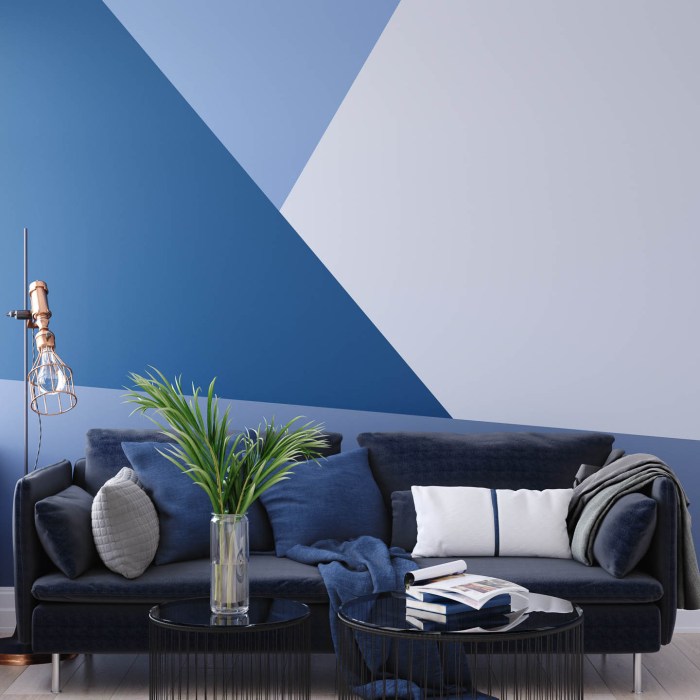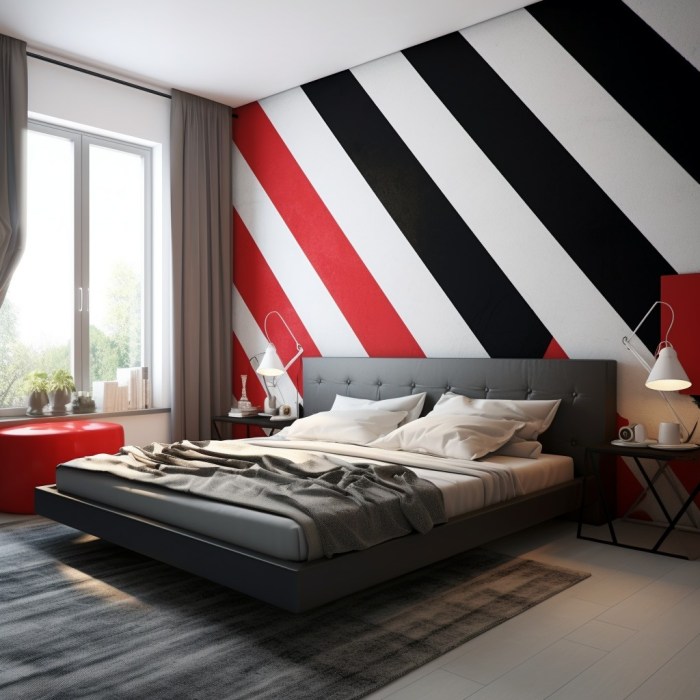Unlocking the Magic of Paint Design
Step into a world where colors dance and textures speak volumes. Paint design is not just about choosing hues; it's a powerful tool that can transform any space or product into a work of art. From the subtle brush strokes to the bold finishes, every element plays a crucial role in creating a masterpiece.
Let's dive into the captivating realm of paint design and discover the secrets it holds.
Introduction to Paint Design
Paint design is the process of creating aesthetically pleasing color schemes and patterns for various surfaces, products, and spaces. It plays a crucial role in industries such as interior design, automotive, fashion, and graphic design.
The selection of colors in paint design is of utmost importance as it can evoke certain emotions, convey specific messages, and create different moods. Colors have the power to influence human behavior, perception, and overall experience.
Importance of Color Selection
- Colors can impact the perceived size and shape of a space or object.
- They can enhance or diminish the visual appeal of a product or environment.
- Color psychology helps in creating the desired atmosphere or ambiance.
- Proper color selection can improve brand recognition and communication.
Elements of Paint Design

Color, texture, and finish are key elements involved in paint design. These elements work together to create a cohesive look and feel for any space. Color sets the tone and mood, texture adds depth and interest, and finish determines the overall aesthetic.
Color
Color plays a crucial role in paint design as it can evoke specific emotions or moods. For example, warm colors like reds and yellows can create a cozy and inviting atmosphere, while cool colors like blues and greens can promote calmness and relaxation.
Different color schemes, such as monochromatic, complementary, or analogous, can further enhance the overall impact of a space.
Texture
Texture adds another dimension to paint design by introducing tactile elements to the visual experience. Textured paints can create a sense of depth and richness, adding character to walls or surfaces. From smooth finishes to textured effects like suede or metallic, texture can transform a space and make it more visually appealing.
Finish
The finish of a paint, whether matte, satin, or gloss, plays a significant role in the overall look of a design. Matte finishes give a soft and elegant appearance, while gloss finishes offer a sleek and modern aesthetic. The choice of finish can impact how light interacts with the paint, affecting the overall ambiance of a room.
Techniques and Tools
When it comes to paint design, various techniques and tools play a crucial role in achieving desired results. Understanding these techniques and having the right tools can greatly impact the outcome of a project.
Common Techniques in Paint Design
- Brush Strokes: Different types of brush strokes can create unique textures and patterns on surfaces, adding depth and character to the design.
- Layering: Building up layers of paint can create a sense of depth and dimension, allowing for intricate designs and color combinations.
- Masking: Using tape or stencils to create sharp lines and boundaries between different colors or sections of a design.
Essential Tools for Paint Design Projects
- Brushes: Various types of brushes, such as round, flat, and detail brushes, are essential for applying paint with precision and control.
- Rollers: Ideal for covering large areas quickly and efficiently, rollers are commonly used in paint design projects.
- Stencils: Stencils allow for consistent patterns and shapes to be reproduced accurately across different surfaces.
Impact of Technology on Paint Design Processes
Technology has revolutionized paint design processes by introducing digital tools and software that enable designers to experiment with colors, textures, and patterns virtually before applying them to physical surfaces. Tools like graphic design software and digital color matching systems have made it easier for designers to visualize and execute their ideas with precision.
Application of Paint Design

Paint design finds various applications across different industries, such as automotive, interior design, and fashion. It plays a crucial role in enhancing aesthetics and functionality in these sectors.
Automotive Industry
In the automotive industry, paint design is used not only for aesthetic purposes but also for protection and branding. Different paint finishes and colors are utilized to create unique vehicle designs that attract customers and reflect the brand's identity.
- Custom paint jobs for luxury cars
- Racing stripes and decals for sports cars
- Metallic finishes for a modern look
Interior Design
Within interior design, paint design is a fundamental element in creating ambiance and defining spaces. The choice of colors, patterns, and textures can transform a room, making it appear larger, cozier, or more vibrant.
- Accent walls to highlight architectural features
- Faux finishes like marbling or wood grain for a sophisticated touch
- Ombre walls for a trendy and artistic effect
Fashion Industry
In the fashion industry, paint design is not limited to clothing but extends to accessories, footwear, and even makeup. Designers use paint techniques to create visual illusions, textures, and patterns that set trends and showcase creativity.
- Hand-painted designs on denim jackets
- Graffiti-inspired prints on sneakers
- Body painting for avant-garde fashion shows
Ultimate Conclusion

As we conclude our exploration of paint design, we are left with a deeper appreciation for the artistry behind every stroke of color. The impact of paint design goes beyond aesthetics; it shapes emotions, enhances functionality, and sparks creativity. Let your imagination run wild as you experiment with different hues and textures, and watch as your world transforms into a canvas of endless possibilities.
Essential FAQs
How does color selection impact paint design?
Color selection plays a crucial role in setting the mood, highlighting features, and creating harmony in paint design.
What are some common techniques used in paint design?
Common techniques include brush strokes, layering, masking, and various texturing methods to create unique effects.
Can paint design be used to create visual illusions?
Yes, paint design can be utilized to create optical illusions, depth perception, and other visual effects in creative projects.




